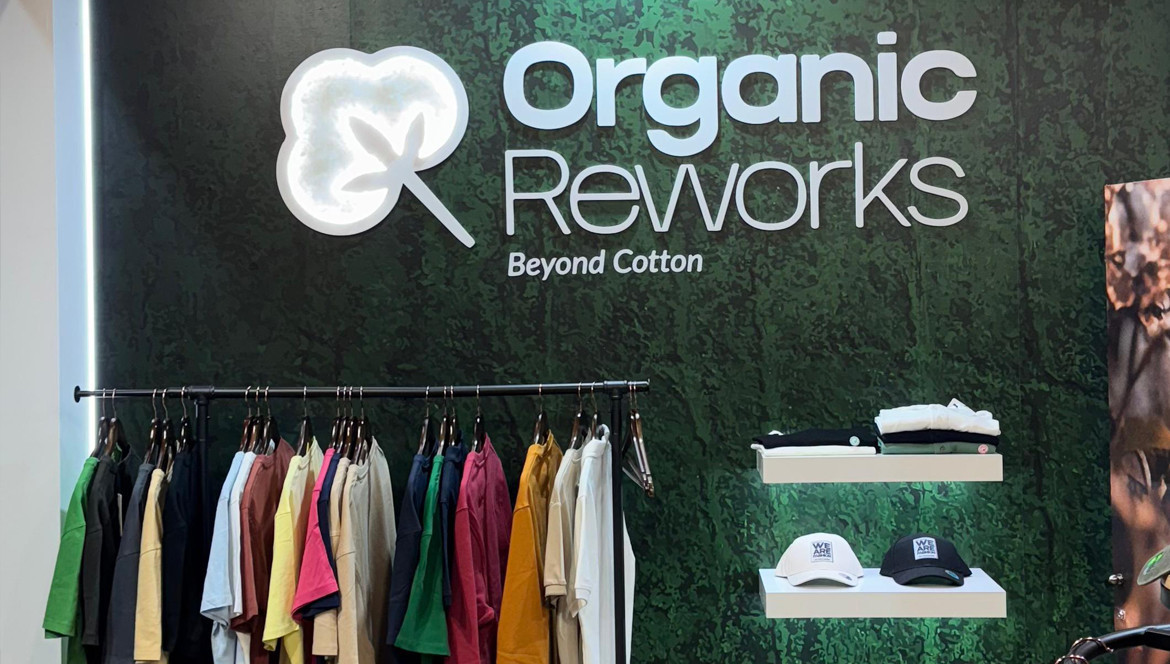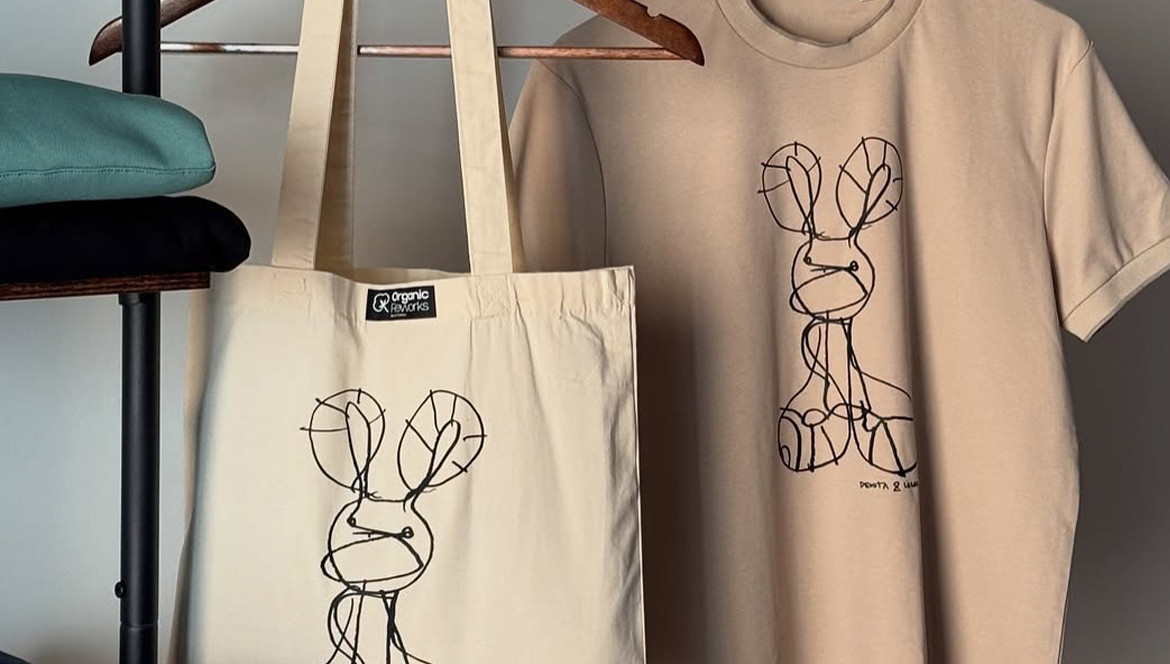History of cotton in the world of fashion

The history of cotton in fashion is one of the most fascinating and momentous, as cotton has been one of the most widely used and versatile textile materials in the fashion industry since ancient times.
The history of cotton in fashion is one of the most fascinating and momentous, as cotton has been one of the most widely used and versatile textile materials in the fashion industry since ancient times. Below, I present a tour of its evolution in this context:
1. Ancient origins of cotton (until the 15th century)
Cotton has a long history that dates back to ancient civilizations. It is believed that its cultivation began in the Hindustan region (present-day India and Pakistan) more than 5,000 years ago. In these areas, cotton was used not only to make clothing, but also to produce other items such as blankets and carpets.
Egypt: Although cotton was not indigenous to Egypt, it is known that in the times of the pharaohs, cotton was imported from India. However, the most common garments were still made of linen due to the hot and dry climate.
Asia: In India, the cotton industry flourished with a great textile tradition. The famous technique of "calico" (a printed or painted cotton fabric) was born here, and was popularized in Europe in later centuries.
2. The expansion of cotton in Europe (16th to 18th centuries)
During the 16th and 17th centuries, cotton began to reach Europe through trade routes with India and the Middle East. In this period, cotton fabrics were mainly imported from Asia, and Europe began to adopt them, although in a limited quantity.
England: In the 17th century, cotton was introduced more prominently in England, where it was given a prominent place in fashion, especially in the form of soft, lightweight fabrics that were more appropriate for the warm seasons.
France and the Netherlands: They were also large consumers of cotton, especially in the form of calicoes, which were imported from India.
3. The Industrial Revolution (18th and 19th centuries)
The Industrial Revolution in the 18th century was the key moment that transformed the textile industry, with cotton becoming the dominant fiber in global fashion.
Invention of the Spinning Jenny (1764): This spinning machine allowed for the mass production of cotton thread and marked the beginning of large-scale textile production. This made cotton products cheaper and more accessible.
Cotton Weaving: Textile factories expanded, especially in England, with the rise of the cotton industry, such as the famous Manchester industry, which established itself as "the cotton city."
Impact on Fashion: During this period, cotton began to replace more expensive fibers such as silk and linen in many everyday garments. It became a versatile material for making everything from shirts, dresses, pants, and sheets to other household items.
4. The cotton boom in the 19th and 20th centuries
During the 19th and early 20th centuries, cotton established itself as the quintessential fabric in fashion.
Women's fashion: Women, especially in the middle classes, adopted cotton fabrics such as muslin, calico and batiste, ideal for light dresses and summer suits.
Trousers revolution: In the 19th century, the use of cotton in the making of trousers and shirts became much more common, especially among workers and in the military.
Indigo and Denim: In the second half of the 19th century, denim, a cotton fabric, became a key material for fashion. The use of denim was popularized with the creation of the first jeans by Levi Strauss, who used this fabric to make durable clothing for workers during the California gold rush.
5. Cotton in the 20th and 21st centuries
Fashion and sustainability: Throughout the 20th century, cotton remained a staple material in the textile industry, although its use began to be supplemented by other synthetic fibers, such as polyester and nylon. However, the rise of "fast fashion" in the second half of the 20th century led to a significant increase in cotton production, which brought with it environmental challenges due to the intensive use of pesticides and water resources.
Renaissance and sustainability: In the late 20th and early 21st centuries, cotton has once again been at the center of the conversation about sustainable fashion. Consumers and designers have become more aware of the environmental impact of cotton production and the industry has begun to adopt more responsible practices. Organic cotton has gained popularity as an eco-friendly alternative.
Technology in cotton: In recent decades, cotton has evolved with technological advances, such as the development of cotton with improved properties (anti-wrinkle, anti-bacterial, quick-drying, etc.). It has also gained ground in sportswear, being the basis of many highly functional garments.
6. The future of cotton in fashion
Today, cotton remains one of the most widely used fibres in the fashion industry. However, the sector continues to face environmental and social challenges related to cotton production. For this reason, many designers and brands are opting for more sustainable farming practices and promoting the use of organic cotton and recycling techniques.
Conclusion
The history of cotton in fashion is a story of evolution, from its origins in the Far East to its global impact on the textile industry. Today, it remains a key material, and its ability to adapt to the demands of sustainability and functionality will continue to mark its relevance in the future.







Comments
No comment at this time!
Leave your comment